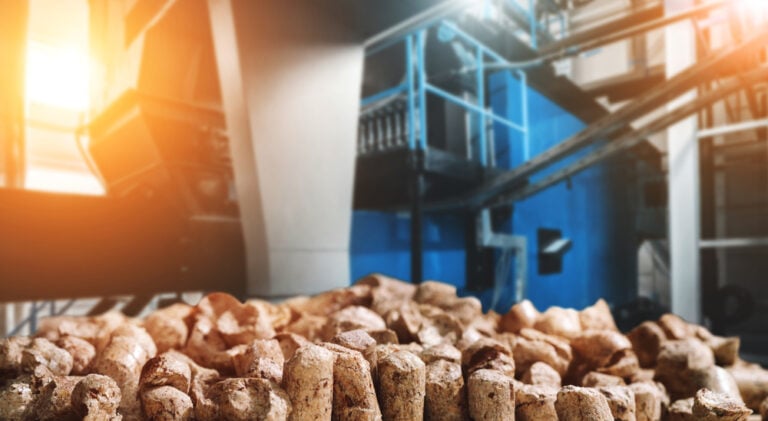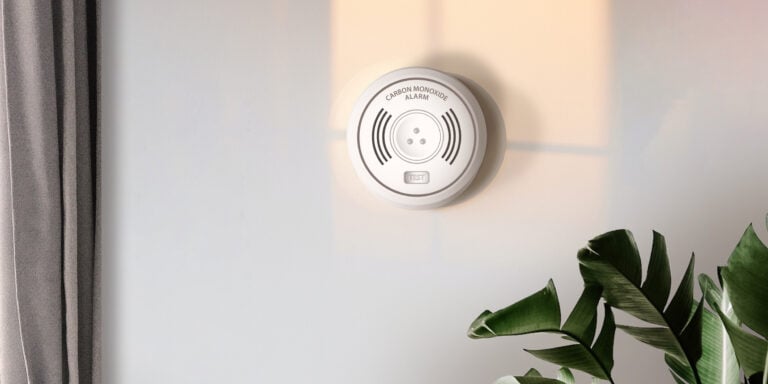
The building regulations on log burner ventilation
All stoves require a sufficient supply of air for combustion to operate correctly and to ensure a good flue draw to disperse products of combustion to outside. How much air available within a property will be fully dependent on the property’s construction, any existing ventilation openings and any home improvements undertaken to increase its air-tightness.
In most cases, houses constructed after 2008 are built to a higher air-tightness specification, meaning less air from outside permeates through the building fabric. This could also be the case with older properties which have undergone considerable air-tightness improvements, such as double/triple glazing, improved loft or cavity insulation and any other draught-proofing measures.
The general rule of thumb is these types of properties will require some form of permanent ventilator to be installed in the room containing a wood burner for it to operate effectively.
Calvin May, Head of Technical Services comments,
This means even a 5kw stove will need a permanent air vent if you live in a new build property or if your property has recently been upgraded to a modern standard. It’s important to note that the amount of ventilation required will increase dependent on the kW output of the wood burner – the higher the kW output of the wood burner, the more air is needed.
Older properties with little air-tightness can in most cases operate without a permanent air vent being installed if the wood burner is rated below 5kW. Those appliances over this output rating may still be required to have a permanent ventilator installed.
Having a vent fitted as part of the installation can have a beneficial impact on indoor air quality too, as it encourages more frequent air changes, meaning stagnant air is continually being replenished with fresh air from outside.
Your HETAS Registered Installer will be able to carry out a survey to establish if your property meets the necessary requirements for ventilation and optimum performance of your wood burner. There are different types of vents at different costs that you can have fitted in your property to ensure that ventilation is up to standard. Find a list of approved permanent ventilators on our ancillary product search.
Speak to your registered HETAS Registered Installer for more information on the suitability of different types of air vents for your home. You can also find some useful information from Rytons Building products, which manufactures HETAS approved permanent ventilators, on products and sizing.



